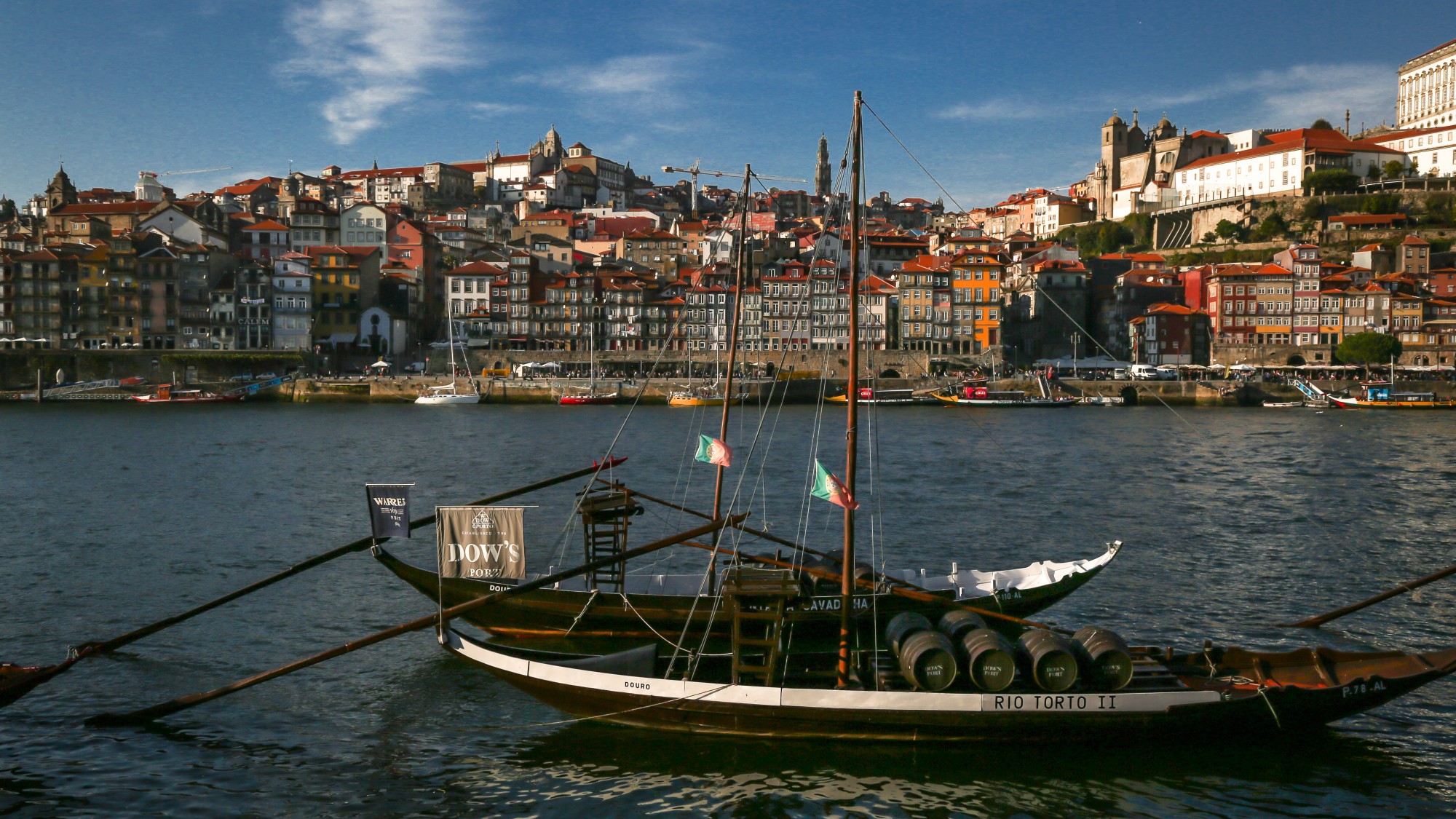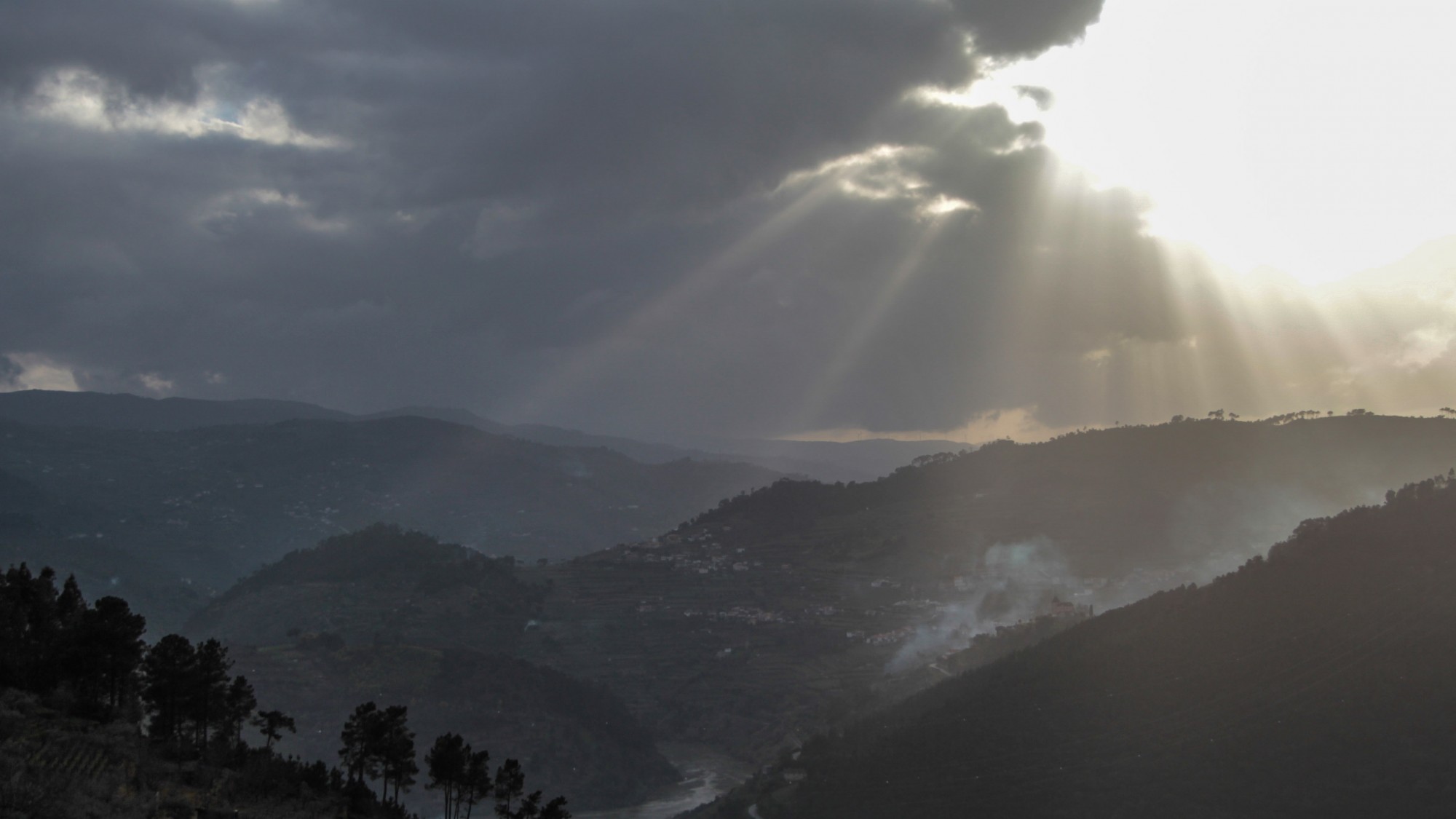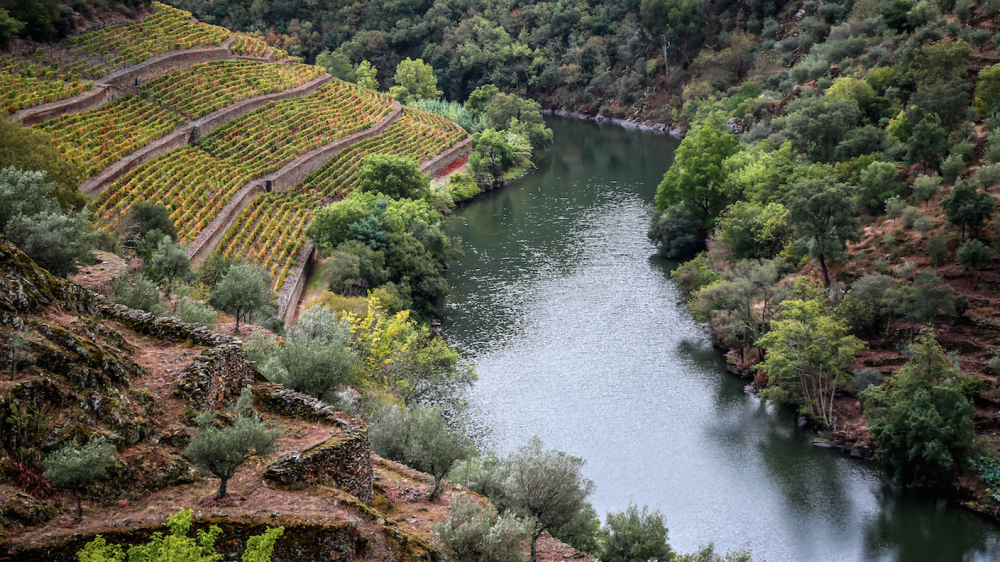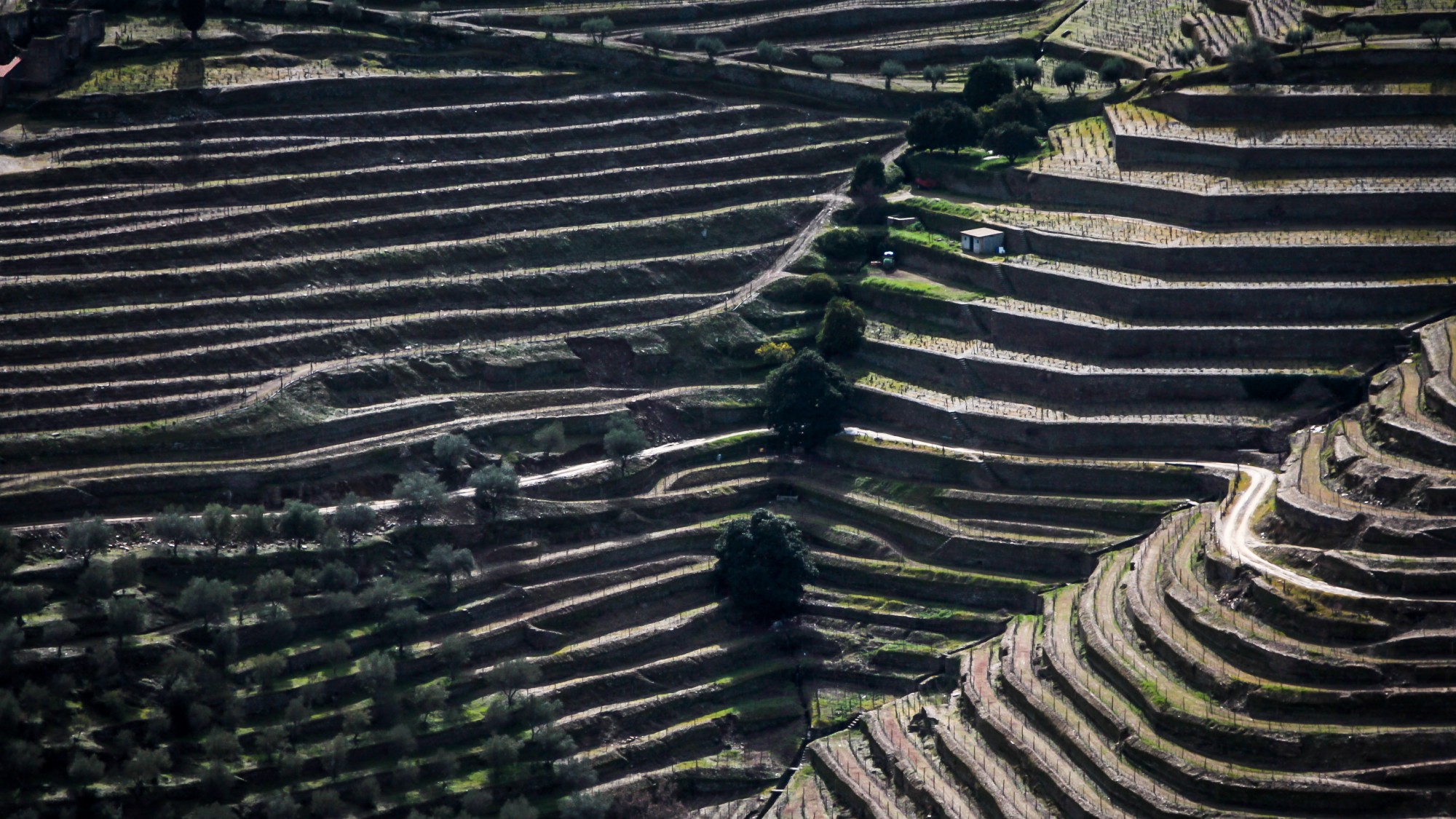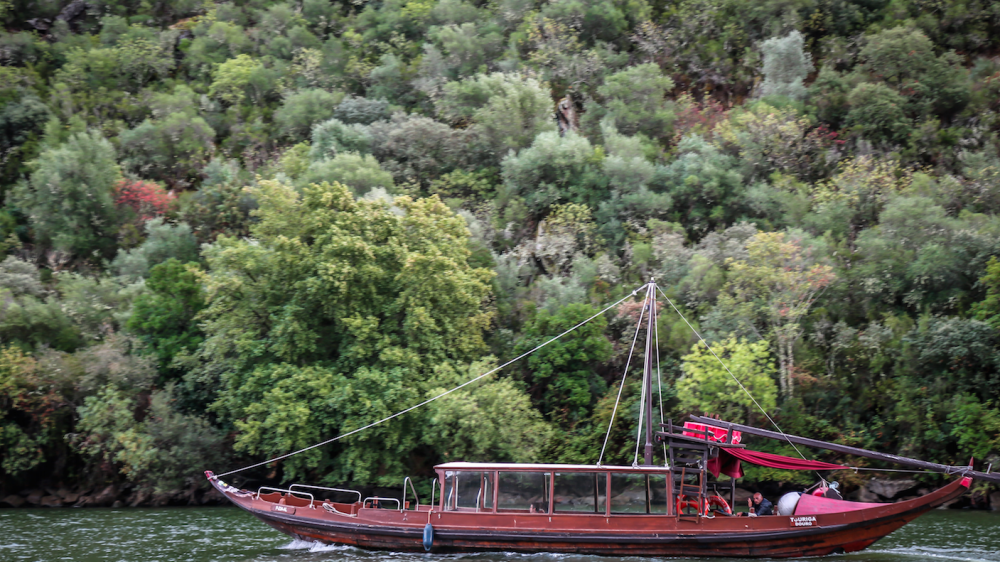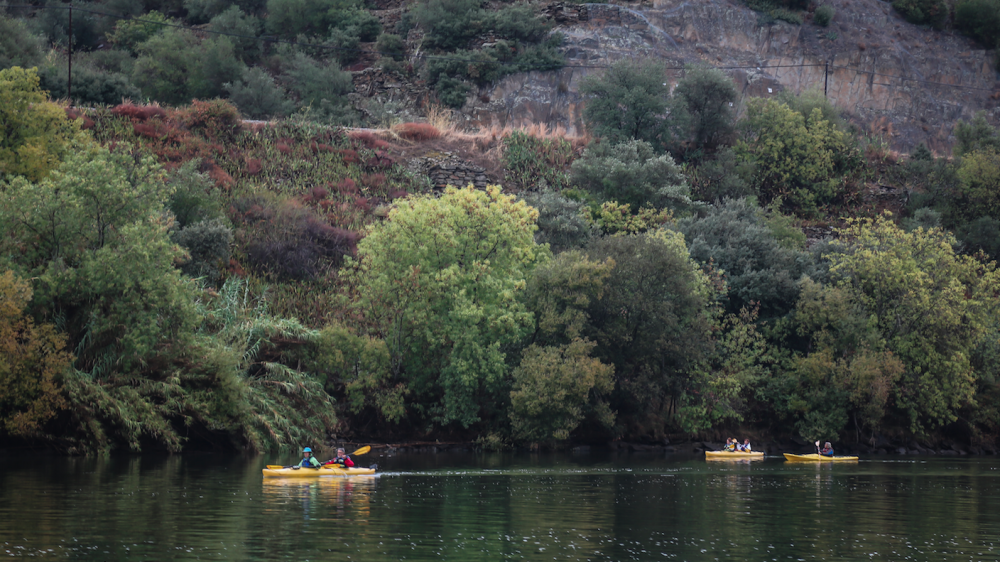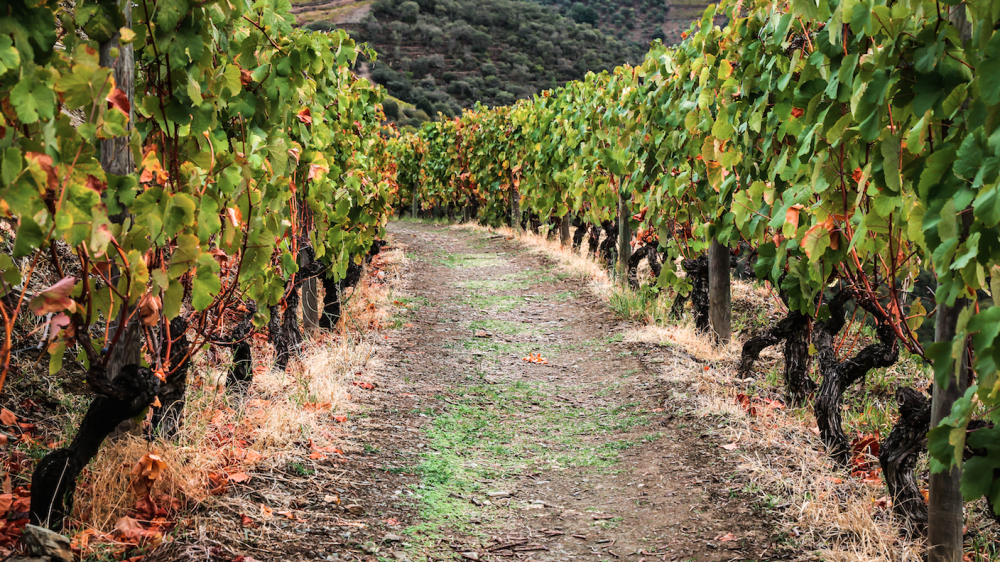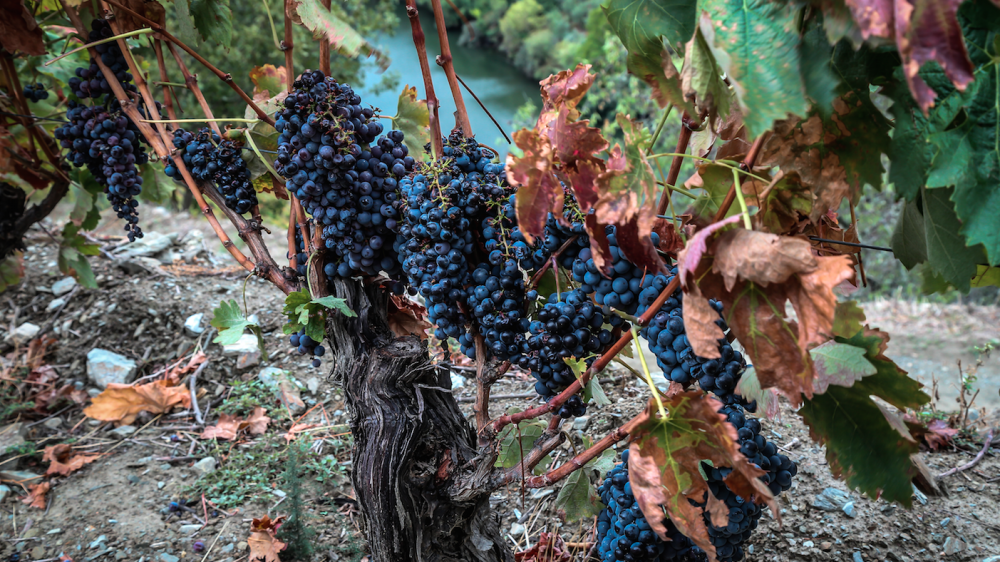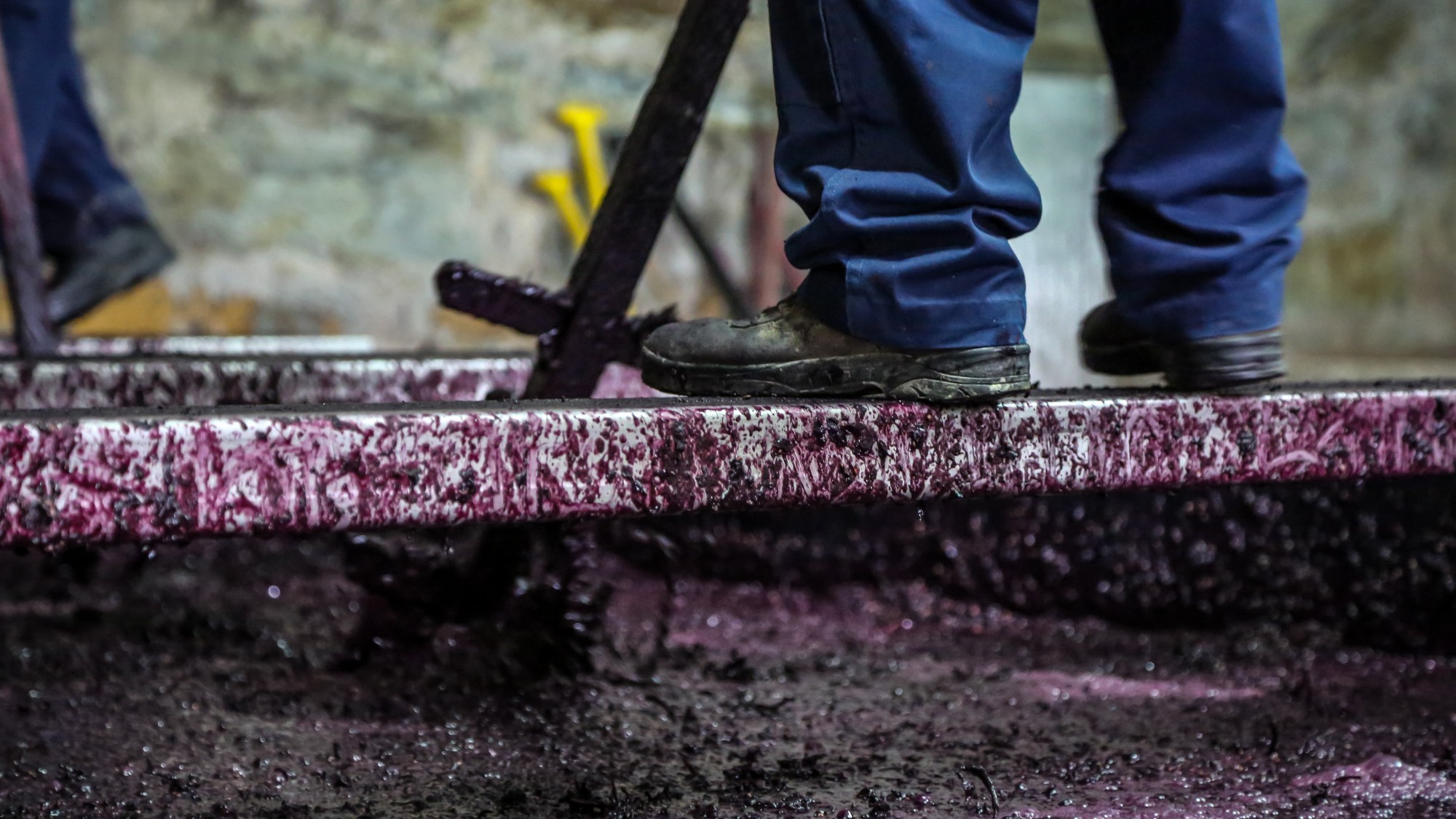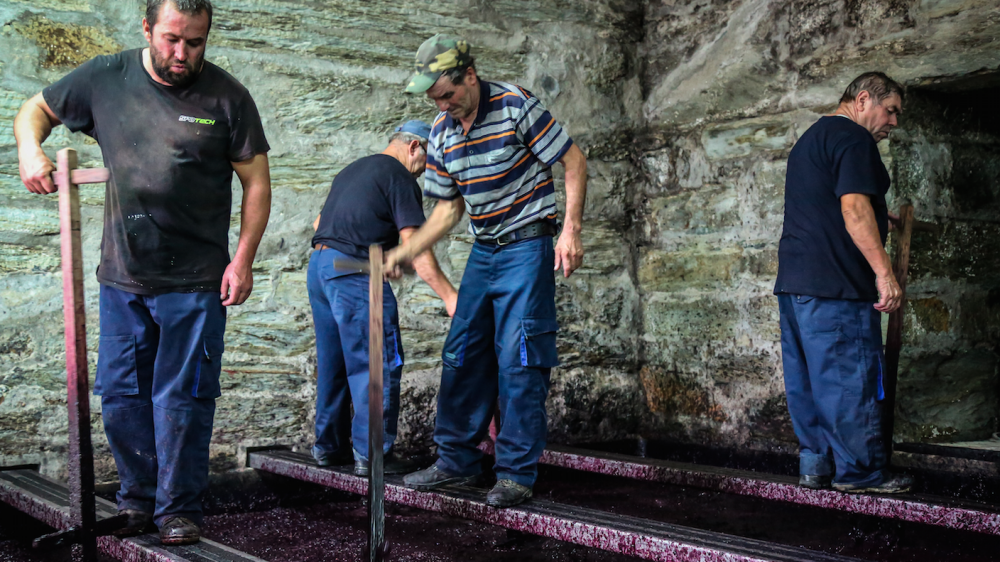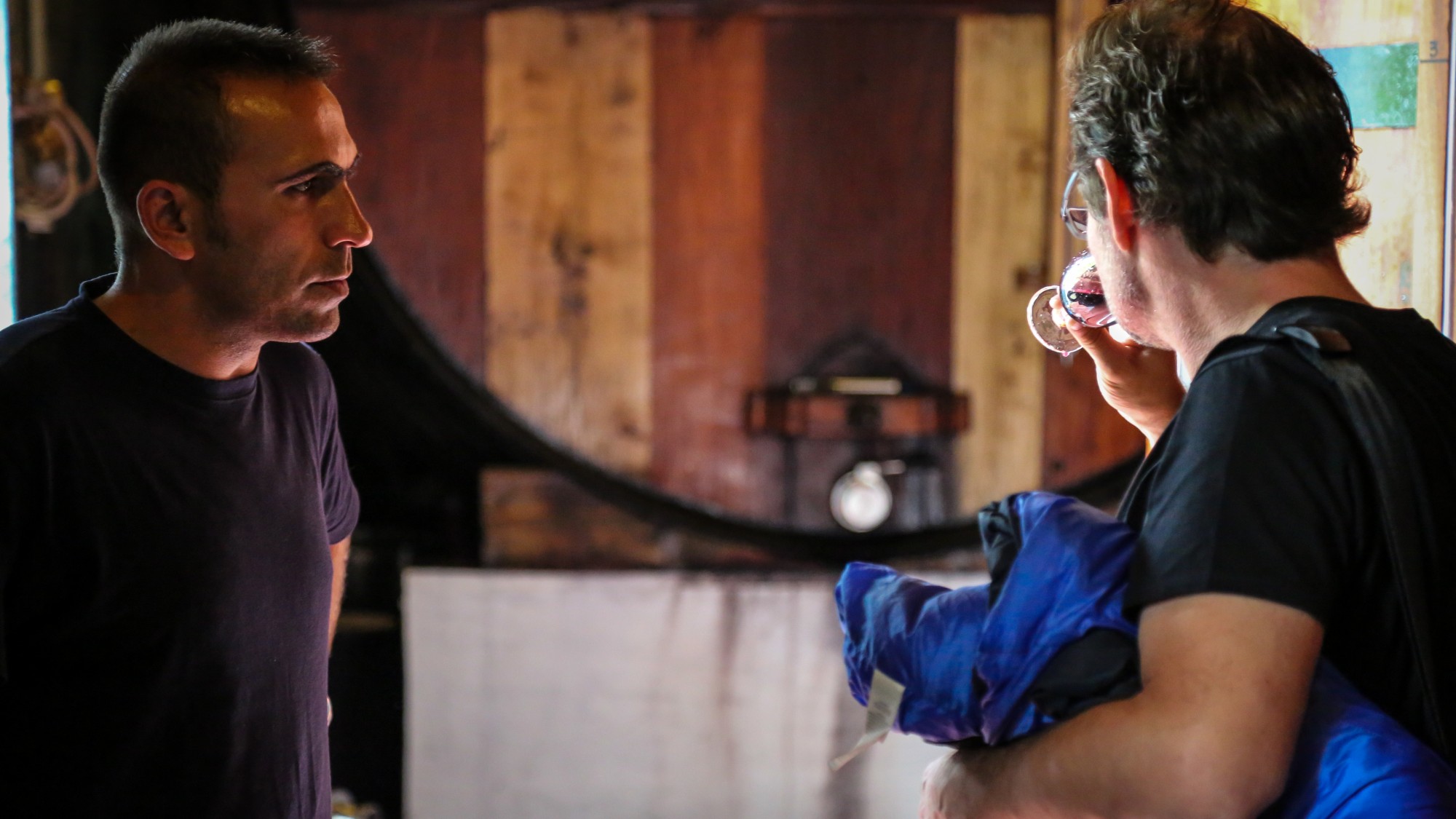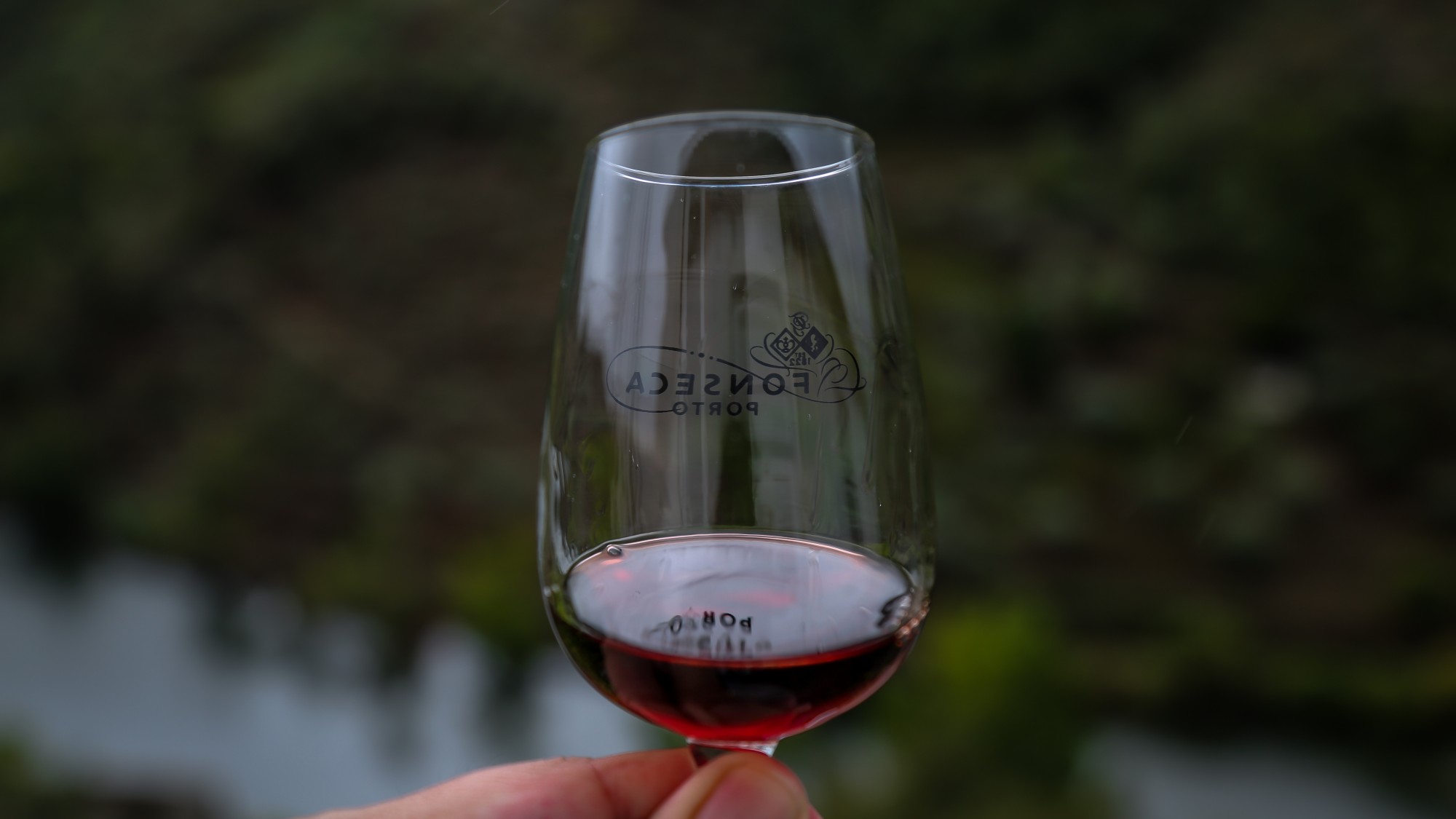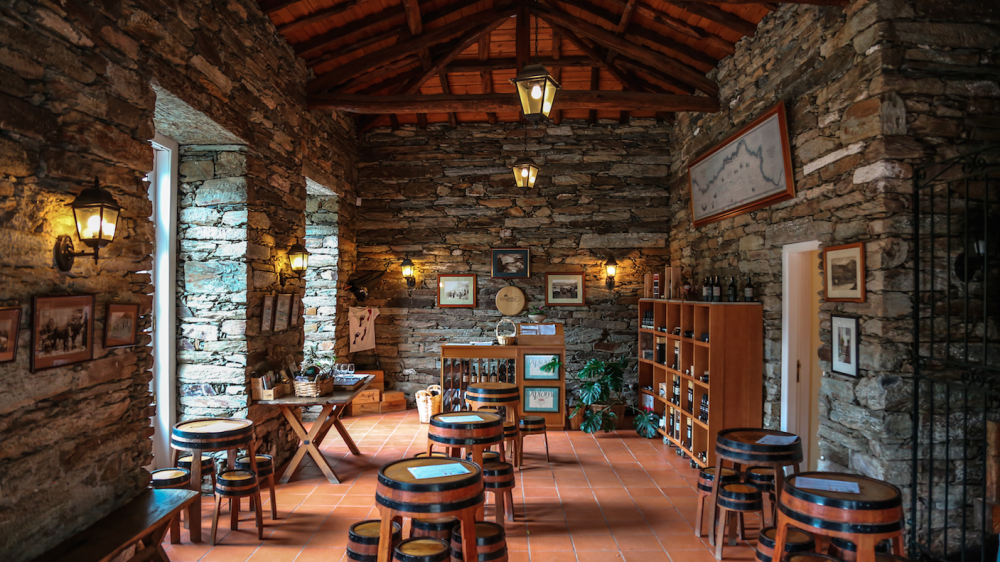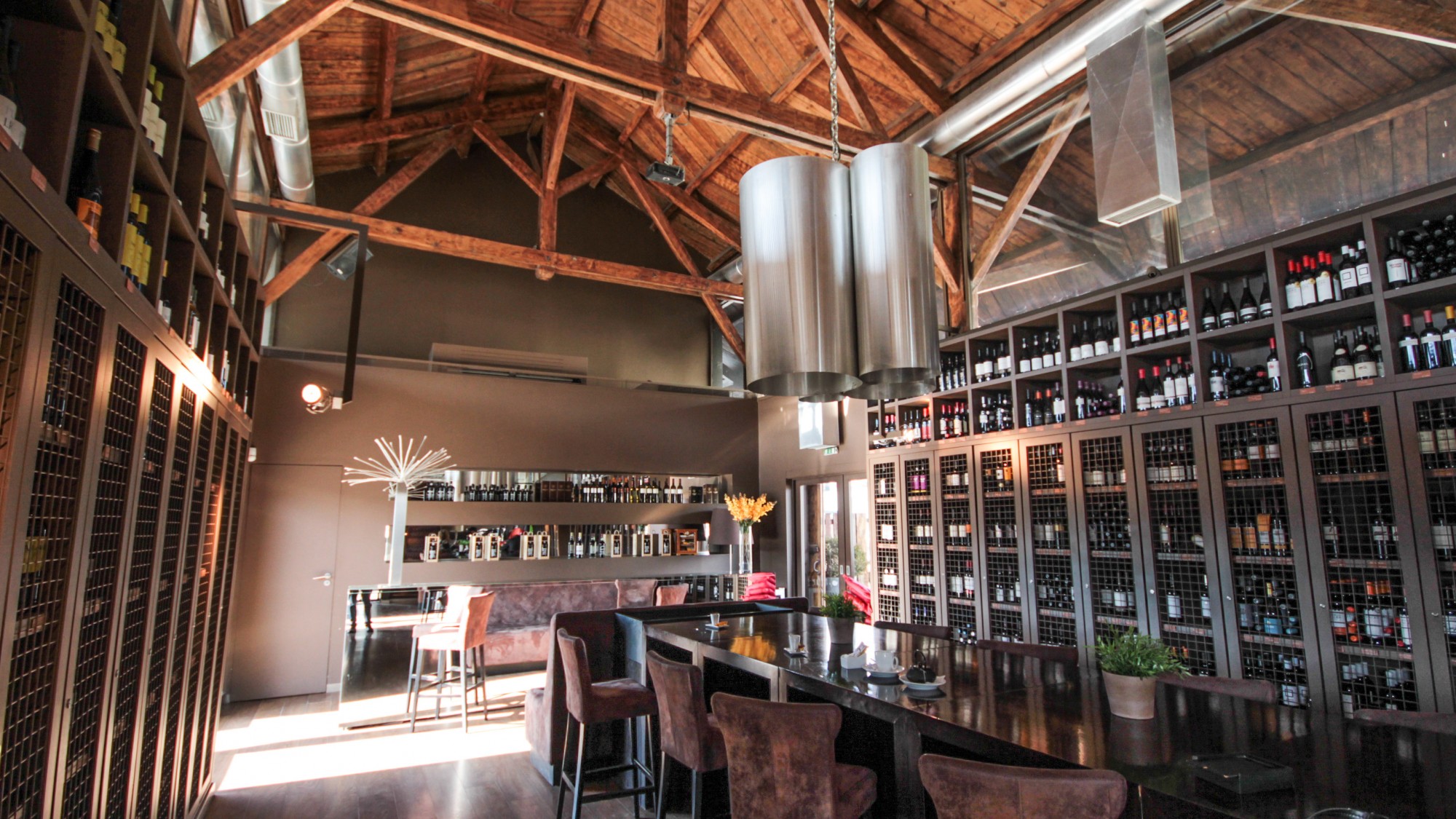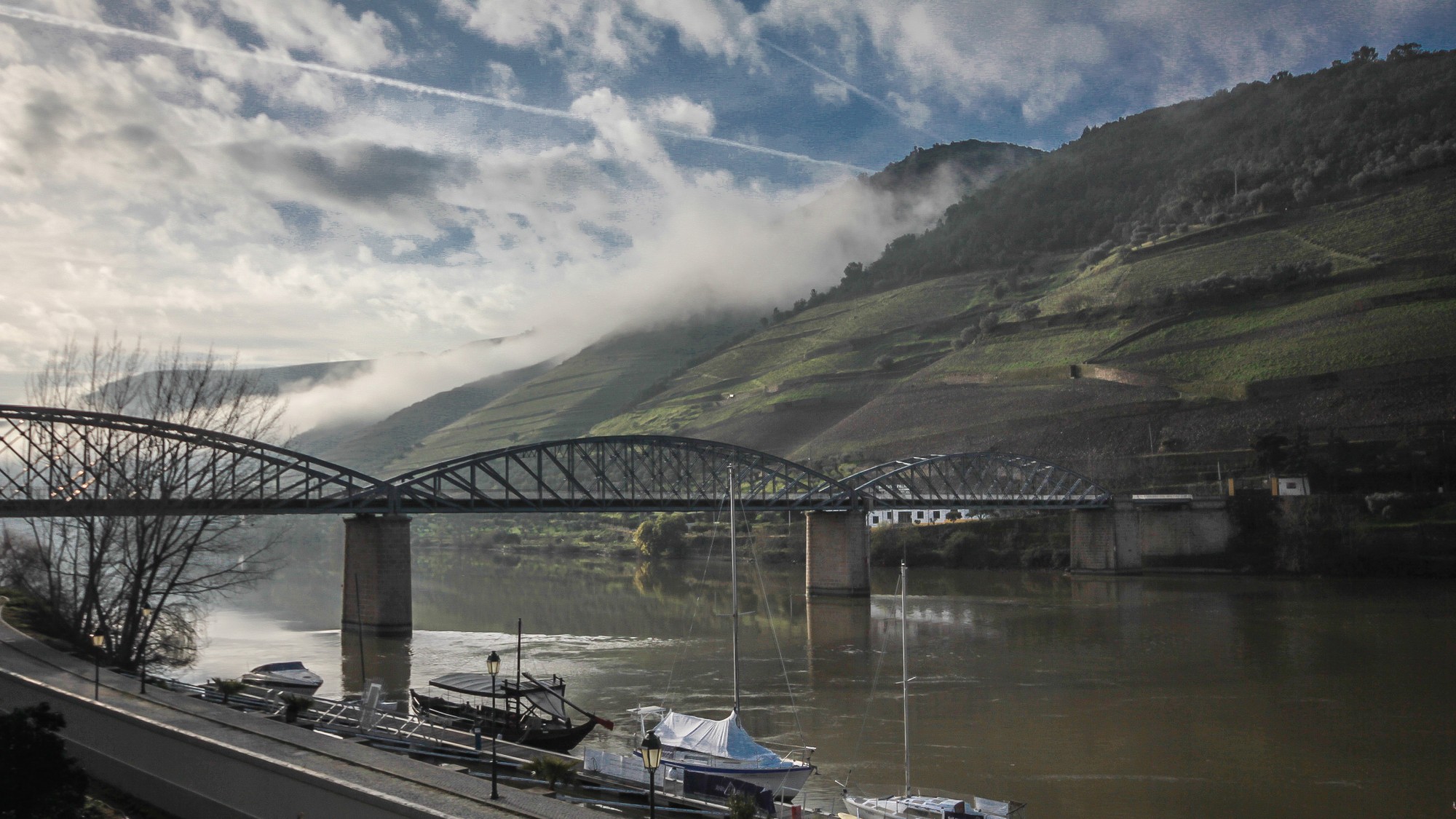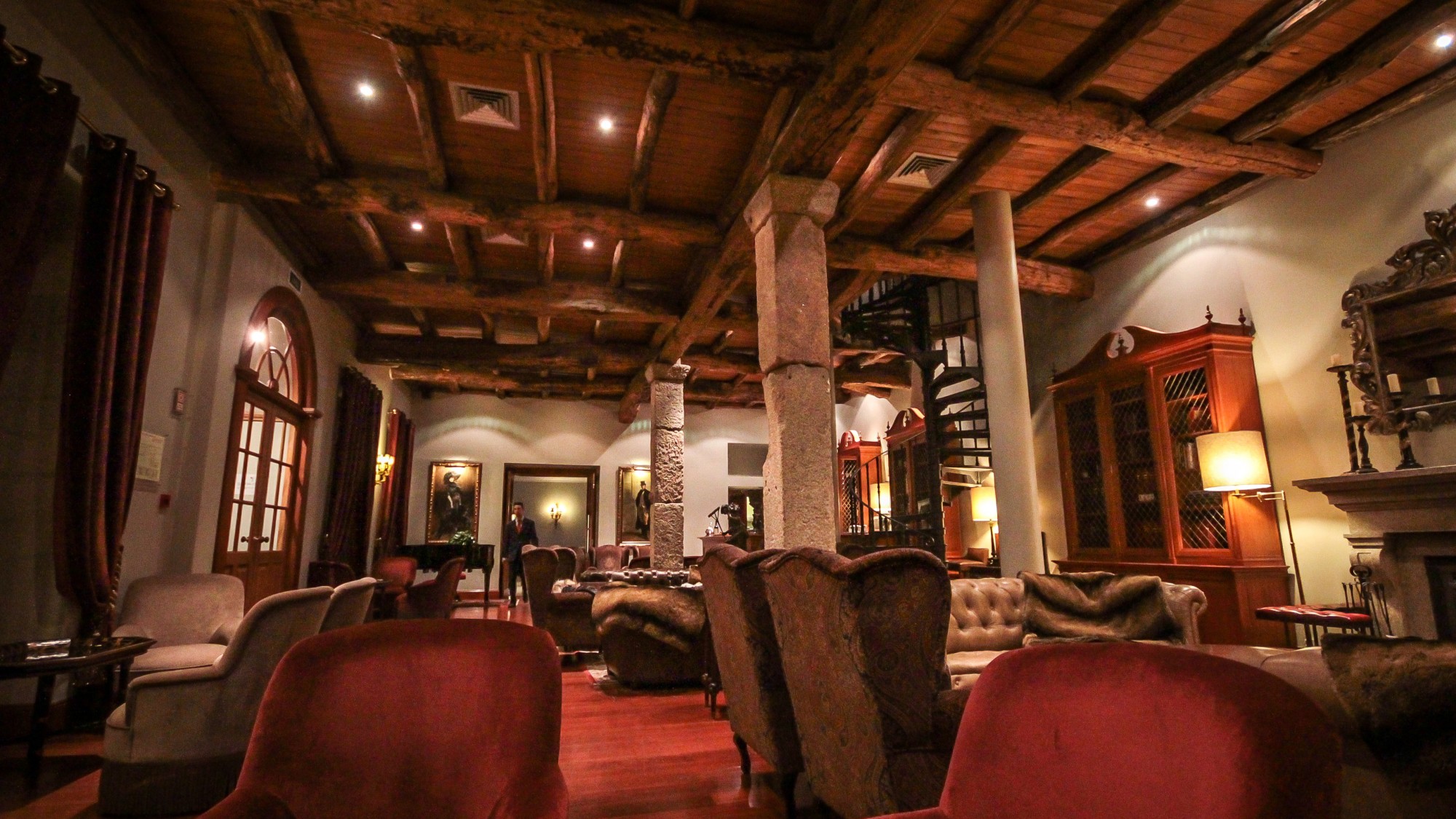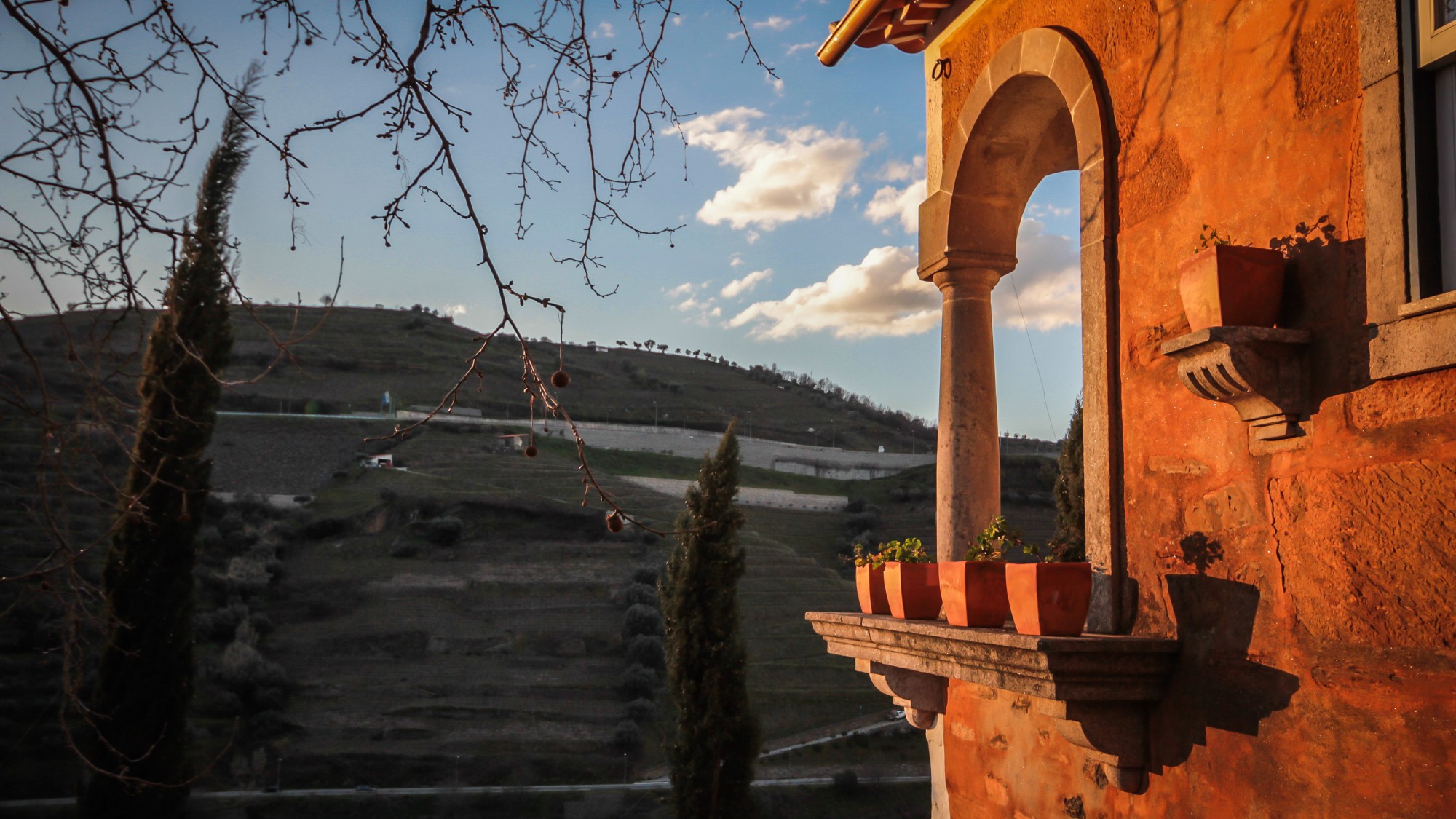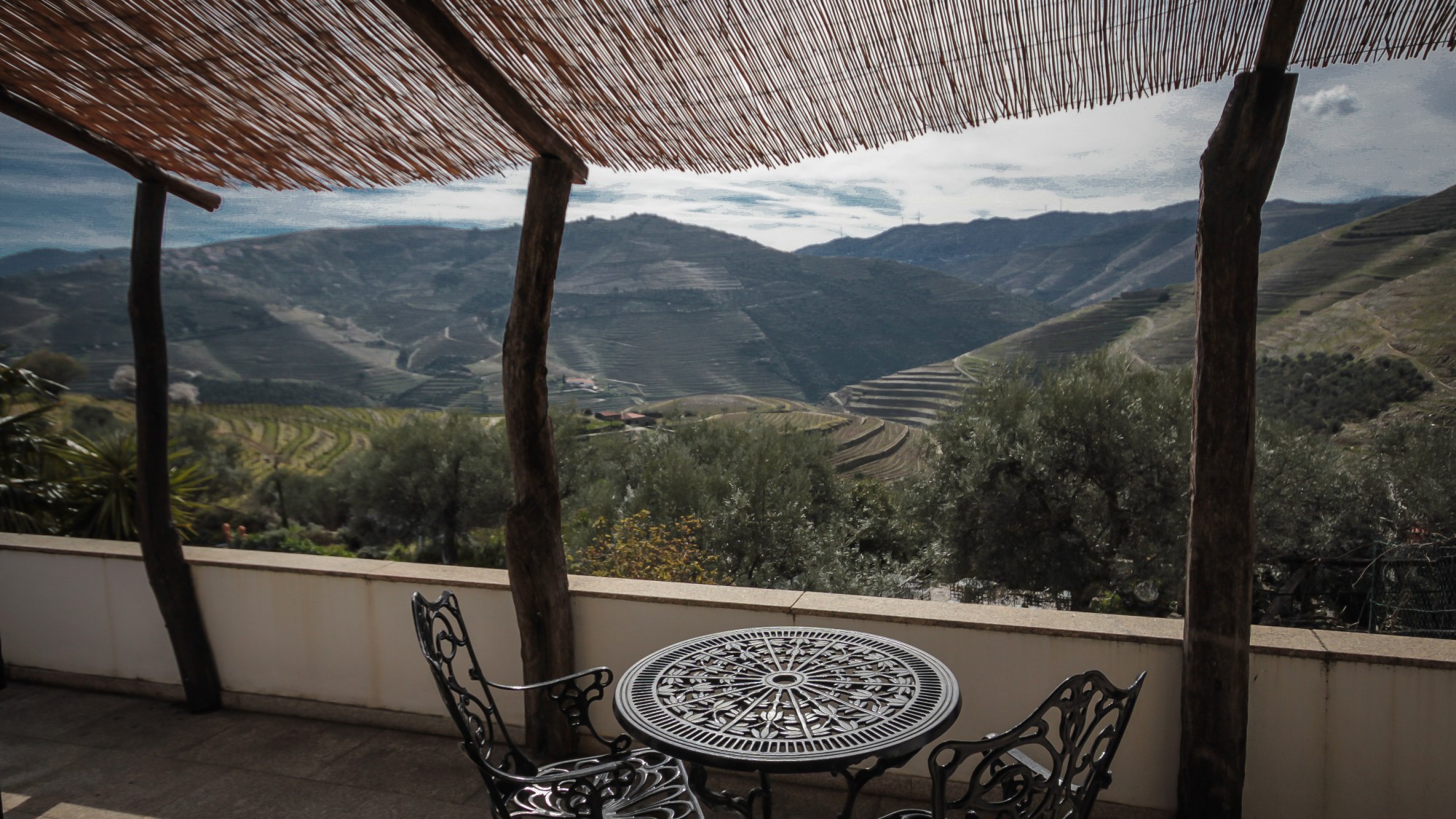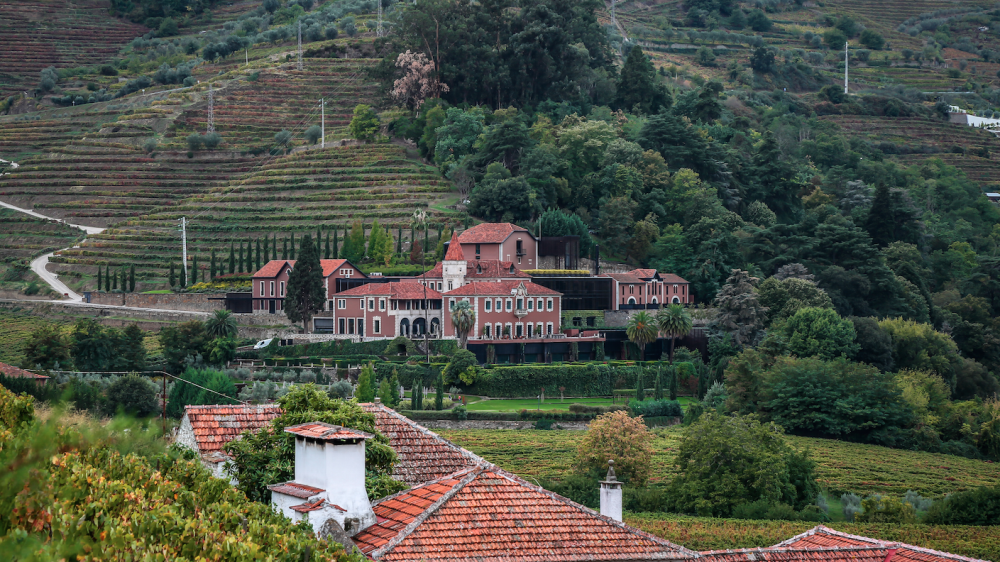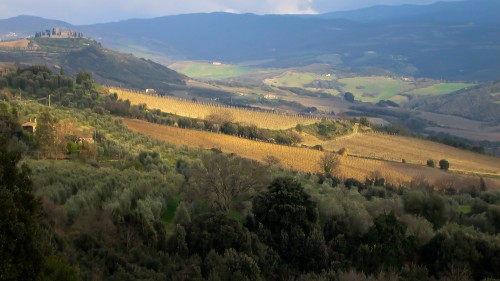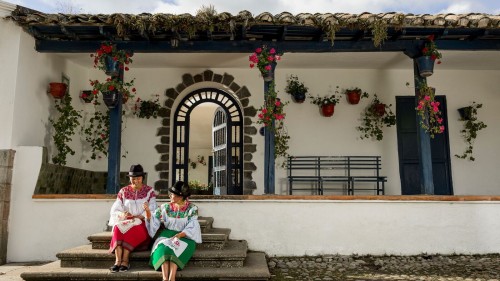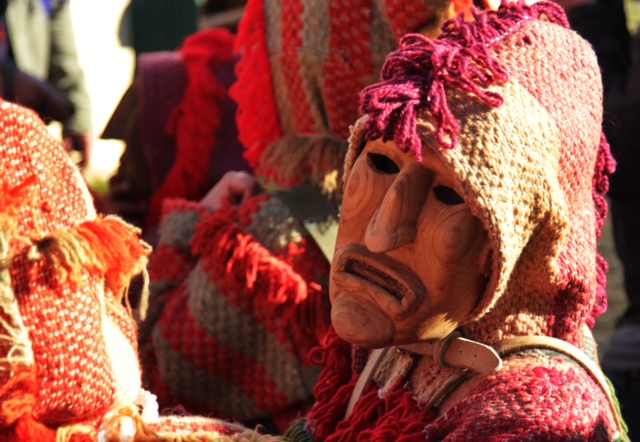The Douro Knows
When I’m choosing my preferred wine growing regions, I want more than just great wine, great food, and a decent place to lay my head. I want somewhere that’s going to inspire me. And that’s why, dear friends, should I ever go missing in action, start by looking in the Douro Valley in Portugal.
The Douro is one of the major rivers of the Iberian Peninsula, flowing westward from its source in the Soria province in Spain, (where it’s known as the Duero), to its mouth in Porto just inland from the Atlantic. From the wine perspective, the Duoro in Portugal is divided into the Baixo Corgo, Cima Corgo, and Douro Superior. Baixo is the closest region to Porto and tends to get the most rainfall, therefore producing the highest yields and thinnest potions. There’s less rainfall, fewer grapes, and more concentrated wines in the Cima, but the sweet spot is reserved for the Douro Superior, the furthest east and the driest area of the region, the source of many of the finest Vintage Ports. Herein lies the oldest demarcated wine growing region in the world. Stark hills lashed with man-made terracing to facilitate olive, almond trees and vines drop dramatically down to the languidly flowing river.
I could go on forever about the wines, but there’s time to get into the libations later. Why come to the Douro? It can be easily visited as a full day from Porto but you’ll short yourself from really getting under the skin of this slow-paced region. So a two or three night stay is best if you can swing it. There’s an excellent variety of accommodation: Quintas, or family estates only recently reconverted into hotels, charming B&Bs, as well as a fantastic new luxury spa hotel. Opportunities abound for great private winery visits, outdoor activities and excellent regional gastronomy, while for many the proverbial cherry on top is a private cruise on a traditional Rabelo boat. These emblematic vessels were once used to haul the wines from the Douro to the Porto warehouses. To top it all off, the whole region is considered a UNESCO World Heritage Site. Nothing like the UN seal of approval! It’s all the romanticism of a Rhine river cruise with half the tourist traffic and at a fraction of the cost.
When to visit? The Douro is in its prime in the spring and in the months of September and early October, when harvest takes place. Summers tend to be hot but still a popular time to visit, and although you can visit almost any time of year, for boat cruises the winter months are best avoided as the high water table prevents most of the Rabelos from safely navigating the river.
So now you’ve got the grapes on Portugal’s premiere wine growing region, add the Douro to your trip blend and you’ll see what the fuss is on our latest crush (groan).
Sebastian Lapostol is our Portugese trip planning guru and word play maestro. Contact him here to discuss a trip.
